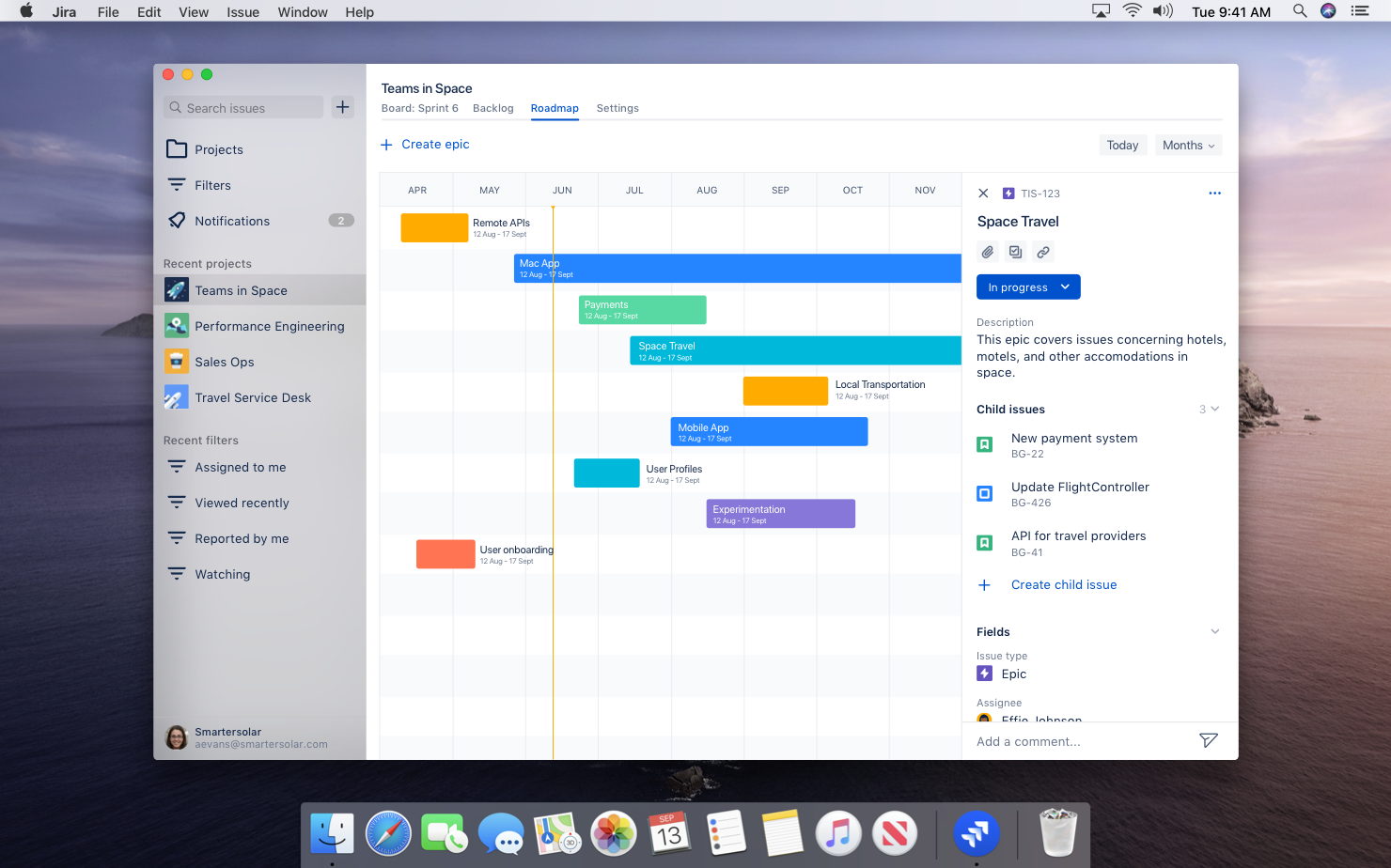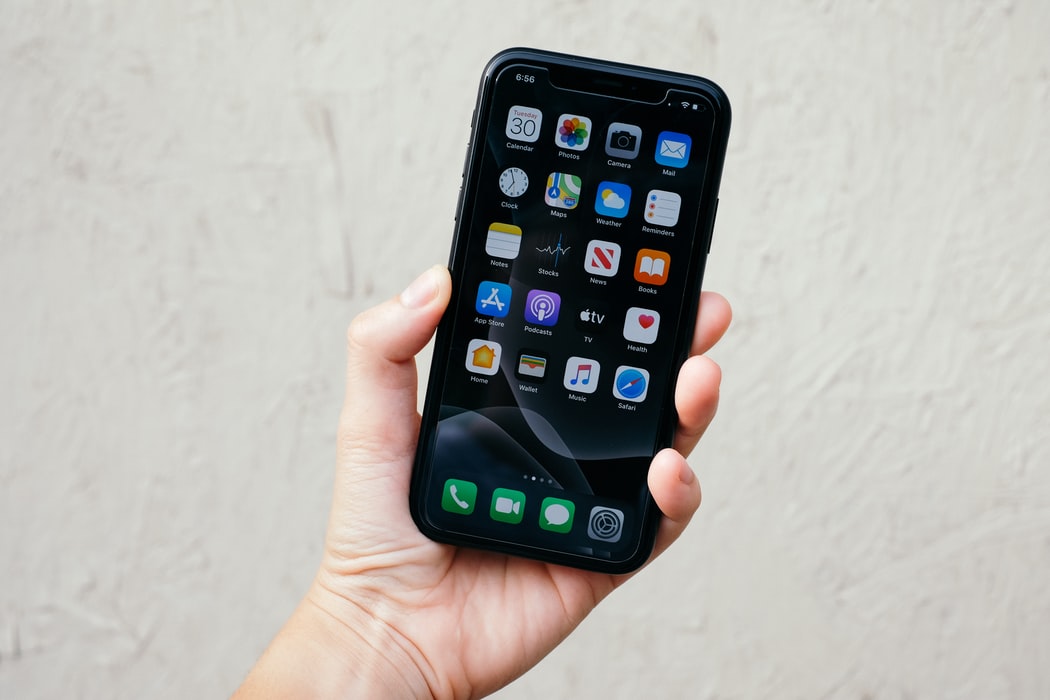The mobile app development industry has grown rapidly over the years and now it can take your business to an advanced and all-new digital world. Mobile apps have generated tremendous revenue over the past few years and are expected to continue to grow rapidly in the years to come. It also means that companies will reap huge profits and return on investment if they have outstanding applications today.
The fact is, however, not all mobile apps are successful in the app market. On average, out of 100 apps on the Play Store, about 30 will be deleted after one or two uses. And there may be various reasons why this app is not working in the market. However, so that your application does not stand out as one of the failed applications, you must ensure that all current user requirements are met by your application and that you do not make any mistakes while building the application. No matter how much experience you have as a mobile app developer, there is always an opportunity to make some common but serious mobile app development mistakes that should be avoided.
Here are the top 5 mobile app development mistakes to avoid to end up with a successful return on investment driven app.
Early application development for too many platforms:
This is one of the biggest mistakes in mobile app development which tends to build apps for all available platforms at once first. Building apps for too many platforms at once can be very counterproductive and even skyrocket the initial cost of app development. Also, it’s always a good idea to build an app for one platform first and then, after monitoring its performance and going through customer reviews, build it for another platform. Once you are sure that one platform is successful, you can do the same for the other platforms. It is important to first select the application platform and decide on it. In addition, initially planning application development for one platform is easier than planning development for several platforms which have different rules and regulations for building applications.
Add too many features and functions to the app:
Another big mobile app development mistake to avoid is thinking that adding too many features and functionality to your app can help you get more user recognition. A feature rich app does not mean adding unwanted and redundant features to the app. Apps with user-friendly and powerful features that can ensure a great user experience are actually called feature-rich apps. Apps with too many unnecessary features can make apps heavy and slow, and ultimately increase loading times, which can affect the user experience. In contrast, function-oriented applications make applications purposeful and user-centered.
Verification for multiple app tests:
The smooth performance of the mobile application can stimulate the maximum number of users and guarantee the success of the application. In the competitive app market, it is very important to have an app that works flawlessly on the App Store. Therefore, apart from simple manual testing, it is very important to test it in different ways as often as possible, both manually and with advanced application testing tools. Only proper testing can help eliminate all major and minor flaws and bugs in the application at the right time and produce the perfect version.
Not identifying consumer needs and not conducting adequate market research for them:
Every app is designed for users, right? Therefore, user experience is always one of the main factors that determine the success of the application. However, failure to carry out proper market analysis and research can result in applications that may not be well-targeted and beneficial to target users. It’s a big mistake to just start developing without knowing what the purpose of the app is, who the target audience is, and what kind of app you really need. The app should serve the needs of the users and as such you should avoid the mistake of not doing enough market research. It can also help if you can explore other similar apps and their strengths and weaknesses. It can also help enable features that users are looking for.
The interface of the application is the first thing that catches the user’s attention. The user interface creates the first impression for the user. Injecting too many images, features, and graphics and complicating app design with disorganized menus can confuse users, which can lead to uninstallation after one-time use. Keep the application interface simple using only the main features, images and menu options, use attractive but easy to read fonts and professional and bold colors that can make the interface attractive and attractive.
To create perfect mobile apps and ensure your apps succeed in the App Store, it is not only important to have an in-depth knowledge of various advanced tools, technologies, platforms and frameworks, but also have a strong view of the target audience and avoid the mistakes discussed above. . Avoiding these errors can help you get a very user-friendly and responsive mobile app.




